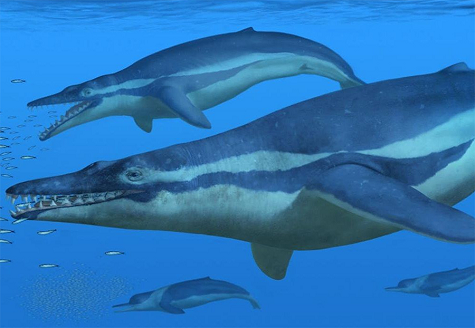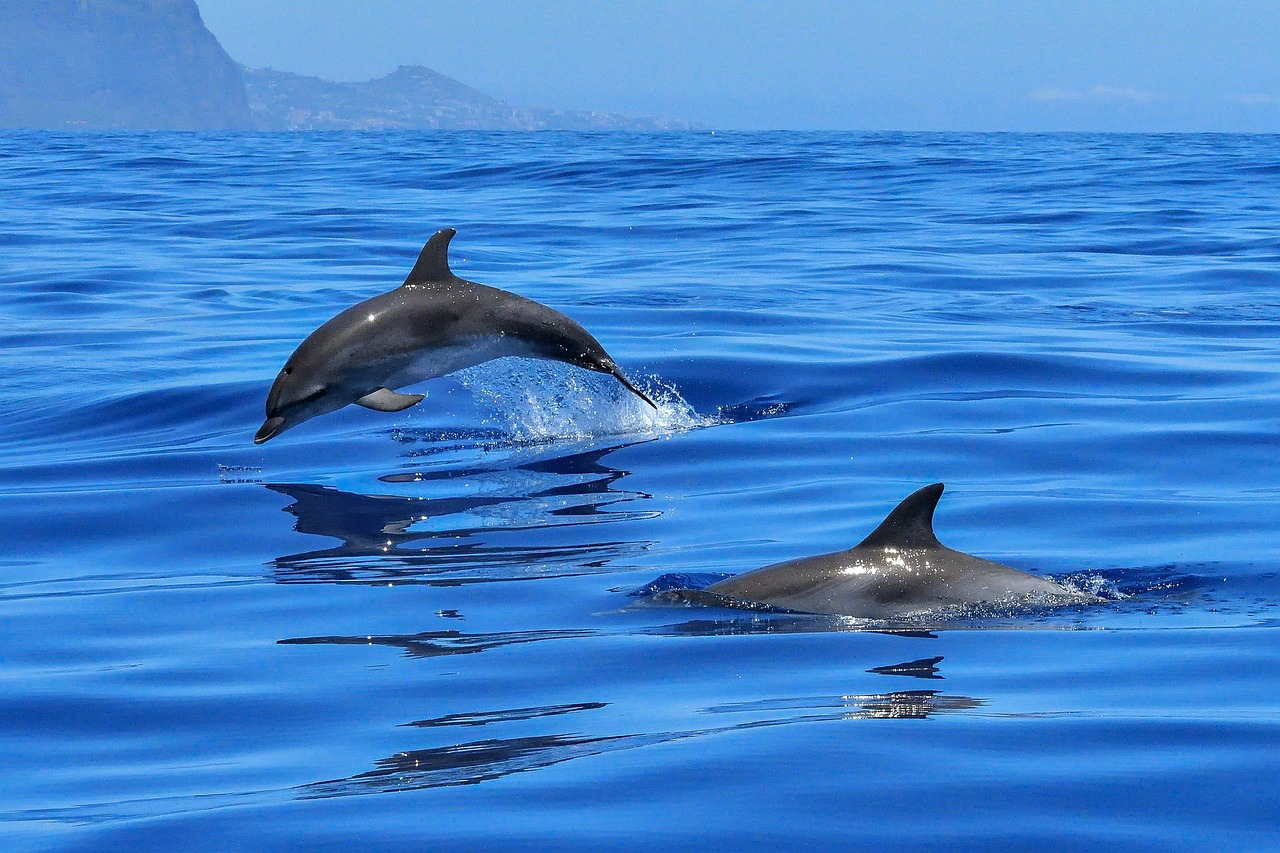Unit 16: Marine Mammals
Unit 16: Marine Mammals

Unit 16: Marine Mammals

Unit 16: Marine Mammals
Unit Focus
This unit provides students with an overview of the basic characteristics of cetaceans, pinnipeds, sirenians, and other marine mammals. Students will learn about the adaptations these mammals have acquired for life in the ocean and about the unique diving responses of marine mammals.
Marine mammals are classified into four different groups: cetaceans (whales, dolphins, and porpoises), pinnipeds (seals, sea lions, and walruses), sirenians (manatees and dugongs), and marine fissipeds (polar bears and sea otters).
There are over 70 different species of cetaceans that spend their whole lives in water. Cetaceans are categorized into two main groups: baleen whales (mysticetes) and toothed whales (odontocetes). Pinnipeds are carnivores that use flippers for movement on land and in the water. Their name comes from the suborder called pinnipedia which means 'fin-footed.' Pinnipeds spend the majority of their lives swimming and eating in water and come onto land or ice floes to bear their young, sunbathe, and molt. Like cetaceans, sirenians also spend their whole lives in water. 'Sirenia' comes from the word 'siren.' 'Sirens' are legendary Greek sea beauties who lured sailors into the sea. We think historic mermaid sightings were actually sirenians, not the mythical half women, half fish. The marine fissipedsoffsite link are unique because they are considered marine mammals, but spend most of their time on land and only part of the time in the water, mainly to hunt for their food.
Student Goals
- Classify marine mammals as cetaceans, pinnipeds, or sirenians and note other marine mammals.
- Explain the importance of bradycardia for diving marine mammals.
- Describe the feeding methods of cetaceans, pinnipeds, sirenians, and other marine mammals.
- Describe the difference in feeding methods between toothed and baleen whales.
Vocabulary
Lesson Reading

